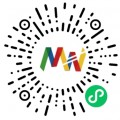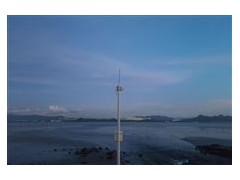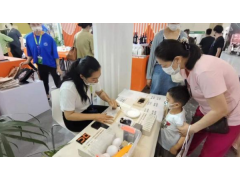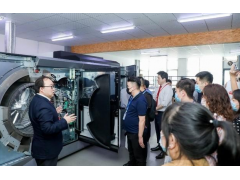Come to Zhengzhou International Convention and Exhibition Center, visit museum exhibition areas all over the country, come to Ningxia Museum, and experience a "movable type printing" Xixia language. This highly participatory segment has attracted the attention of many children.
Xixia Characters, similar to Chinese characters, are square structures, horizontal and vertical, composed of horizontal and vertical strokes, such as skimming and pressing. However, it is different from Chinese characters and has many strokes, so it is also popular with calligraphers. This is because brush strokes such as brush strokes and brush strokes can better reflect a person's calligraphy accomplishments and make the font more vivid.
The combination of movable type printing and Xixia has formed the "heavenly script" - Xixia wood movable type printing experience teaching aid, which is also a national research and learning practice education project for primary and secondary students. The on-site staff said that in their exhibition area, everyone can experience it and start printing a Xixia text.
The Dahe news Henan video reporter saw that what was to be printed was the eight characters of "Daxia pursuit". The reason for the eight characters was that the Chinese character and the Western Xia language had four characters each, which corresponded one by one. Eight mastic movable types are fixed on the rectangular printing plate by small wooden blocks and strips.
According to the staff, first apply ink to the eight movable types, and then apply the outer frame to ensure even application. Then, paste a piece of rice paper and tap it gently with a vertical brush to make ink rubbing on the rice paper. When uncovering the rice paper, use gentle force to avoid tearing it. Finally, a work printed in movable type with Xixia and Chinese characters was completed.
The staff member said that Ningxia museum would hold relevant participatory activities on movable type printing every weekend and holiday. There are hundreds of surnames in the Western Xia language and Buddhist scriptures written in the Western Xia language. If you are interested, you can go to Ningxia museum to have a live experience.






